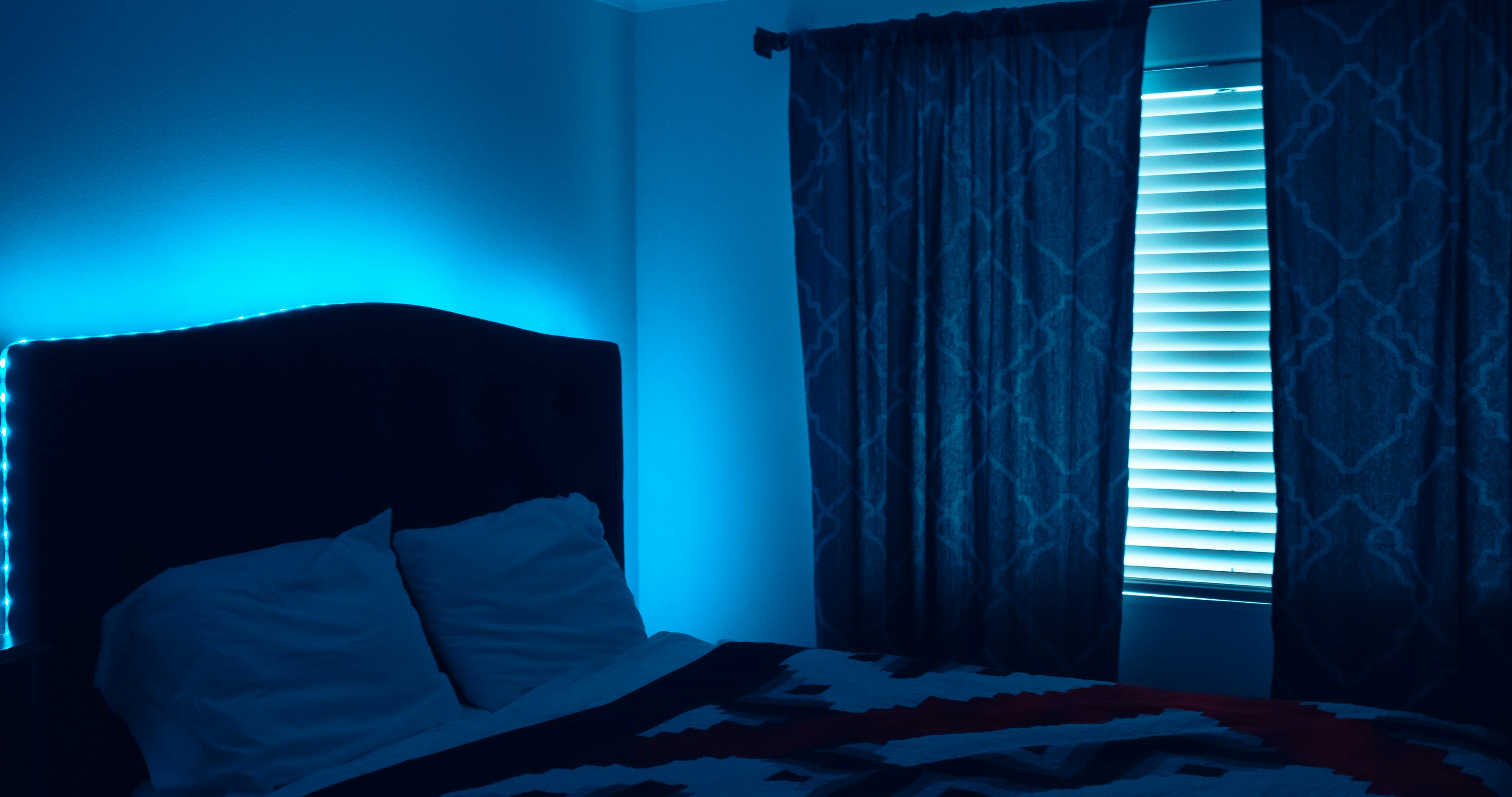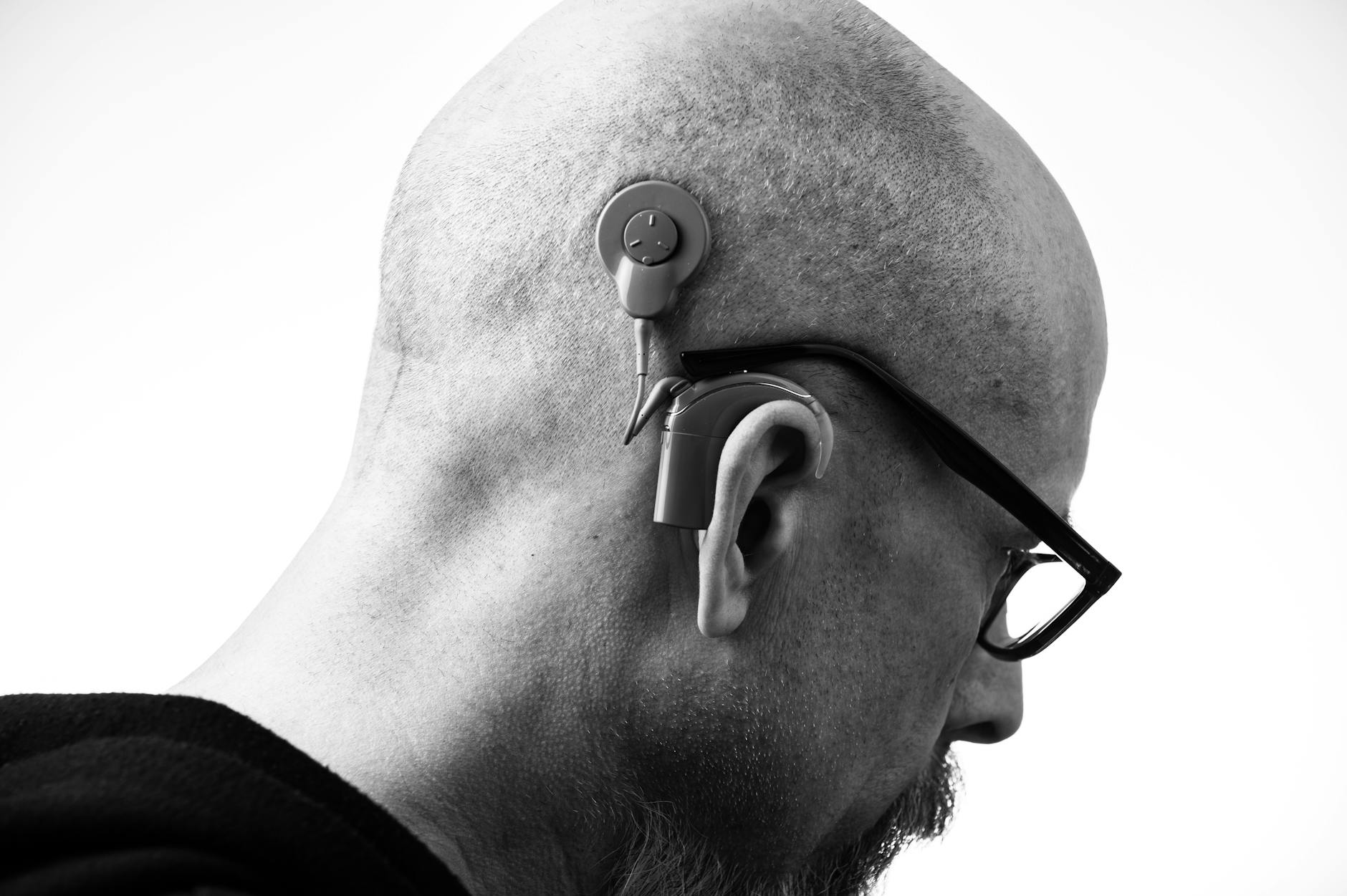Lede: If your ear feels plugged, sounds seem muffled, or your tinnitus changes when you clench your teeth or move your jaw, your temporomandibular joint (TMJ) could be part of the story. Here’s how the jaw–ear connection works, how to spot red flags, and the simple, evidence-based steps that can ease symptoms—and when to see an audiologist, ENT, or dental specialist.
Why Your Jaw and Ears Team Up (for Better or Worse)
Your TMJ sits just in front of the ear canal. The muscles and nerves that help you chew also live next door to—and communicate with—the parts of your ear that sense and transmit sound. That proximity and shared wiring mean jaw tension can “spill over” as ear symptoms.
Key connections:
- Shared nerves: The trigeminal nerve supplies jaw muscles and also influences middle-ear muscles (like the tensor tympani) and the eardrum’s tension.
- Muscle interplay: The muscles that help open your Eustachian tube (tensor veli palatini) coordinate with jaw muscles. When those muscles are tight or overactive, your ear can feel clogged even if pressure is normal.
- Ligament neighbors: Small ligaments connect the jaw area to middle-ear structures. While subtle, they help explain why jaw position can change how your ear feels and hears.
Bottom line: TMJ disorders (TMD) don’t usually cause permanent hearing loss, but they commonly cause ear symptoms—fullness, pressure, sharp or aching pain around the ear, and tinnitus that fluctuates with jaw movement.
The Ear Symptoms of TMJ (That Can Mimic Hearing Loss)
People with jaw clenching, grinding (bruxism), or TMJ dysfunction often report:
- Aural fullness—that “clogged” or “underwater” feeling
- “Muffled” or fluctuating hearing, especially after long talking, chewing, or stressful days
- Tinnitus that changes when you bite down, open wide, push your jaw forward, or press in front of the ear
- Ear pain without signs of infection, sometimes tender just in front of the ear opening
- Popping/clicking in the jaw or ear region
- Headaches at the temples or face; morning jaw fatigue
Clues it may be TMJ-related:
- Symptoms improve with heat on the jaw, massage, or stress reduction
- Chewing tough foods, wide yawning, or clenching makes it worse
- Pressing on jaw muscles (cheeks, temples) reproduces the ear sensation
- Your hearing test may be normal, even though your ear feels blocked
When It’s Not TMJ: Red Flags for Ear Disease
TMJ can mimic ear trouble, but some symptoms need same-day medical care. Seek urgent attention if you have:
- Sudden hearing loss in one ear (within hours to days)
- Spinning vertigo with vomiting or new neurologic symptoms
- Fever, foul-smelling ear drainage, or severe ear pain
- Head injury followed by ear bleeding or hearing change
Also book a prompt evaluation if ear fullness or pain lasts more than 4–6 weeks, if your jaw locks or frequently dislocates, or if you notice persistent one-sided tinnitus.
First Steps: Simple Things That Often Help
Gentle, consistent habits usually beat quick fixes. Try these for 2–4 weeks:
- Rest your jaw: Soft diet, cut tough/chewy foods, skip gum and nail biting.
- Heat and self-massage: Warm compress 10–15 minutes, then gently massage the jaw muscles (temples, cheeks, under the cheekbone).
- “Lips together, teeth apart”: Keep a relaxed jaw posture during the day; tongue resting lightly on the palate.
- Posture matters: Elevate your screen, support your lower back, and keep your head over shoulders. Forward head posture strains the jaw–neck–ear system.
- Stress dial-down: Box breathing, brief walks, or short mindfulness sessions can reduce clenching intensity.
- Sleep hygiene: Side-sleeping with a supportive pillow; avoid late caffeine and alcohol (they can worsen bruxism and tinnitus).
- Allergy and nasal care: If you’re congested, use evidence-based nasal strategies (saline rinses, prescribed sprays). Less mouth-breathing can ease jaw strain.
Notice patterns by keeping a short 7–10 day log: when symptoms spike, what you ate, screen time, stress level, and any jaw activity. Patterns guide targeted changes.
Who to See—and in What Order
Because ear symptoms and TMJ often overlap, a team approach works best:
- Audiologist: Start with a hearing test if you feel “muffled,” have tinnitus, or notice one-sided changes. They’ll check hearing, middle-ear pressure, and eardrum movement.
- ENT (otolaryngologist): If you have ear pain, persistent fullness, drainage, or red flags, see an ENT to rule out infection, Eustachian tube dysfunction, or other ear disease.
- Dental/Orofacial pain specialist: For jaw clicking, locking, bite changes, or grinding, consult a dentist experienced in TMJ or a board-certified orofacial pain specialist.
- Physical therapist (jaw/neck trained): Targeted manual therapy and exercises for the jaw–neck–shoulder complex can reduce symptoms that feed into the ear.
If you’re unsure where to start, an audiologist can often triage ear-related complaints and coordinate with ENT and dental providers. Don’t hesitate to ask for a referral.
Evidence Snapshot: How Common Are Ear Symptoms in TMJ?
Research shows ear complaints are common in people with TMJ disorders. Studies report a wide range, but a substantial proportion experience ear fullness, tinnitus, or ear pain even when ear exams are normal. While TMJ doesn’t usually cause permanent hearing loss, it can create the perception of hearing change by altering how the middle ear feels and functions under muscle tension.
That’s why a hearing test is so valuable: it separates true hearing loss from TMJ-related ear sensations—and helps you and your clinicians choose the right treatment path.
Treatment Options That Make a Difference
Conservative dental and jaw care
- Occlusal splints/night guards: Custom-made appliances reduce clenching forces and protect teeth. They can also give jaw muscles a “neutral” rest position, easing ear symptoms in many people.
- Targeted physical therapy: Gentle mobilization of the jaw, posture retraining, and home exercises aimed at jaw opening control and neck stabilization.
- Behavioral strategies: Awareness training to stop daytime clenching, scheduled jaw relaxation breaks, and short stress-management techniques.
Medical approaches
- Short-term medications: Your clinician may recommend anti-inflammatories or muscle relaxants in select cases for brief periods.
- Botulinum toxin (specialist use): For severe bruxism, injections into masseter/temporalis may reduce clenching. This is not first-line and should be done by experienced clinicians.
- Address sleep issues: If you snore, wake unrefreshed, or grind at night, talk to your doctor. Treating sleep disorders can reduce bruxism and related ear complaints.
Surgery is rarely needed for TMJ disorders and is not used to treat ear fullness alone. It’s reserved for specific structural problems after conservative care has failed.
What About Hearing Aids and Tinnitus?
If your hearing test shows normal hearing, a hearing aid isn’t typically indicated for TMJ-related “muffled” sensations. If you have measurable hearing loss, hearing aids can improve clarity and often reduce tinnitus burden.
For tinnitus that fluctuates with jaw movement, combining jaw care with sound therapy (soft background sound or tinnitus programs in some hearing aids) can be especially helpful. An audiologist can tailor options to your pattern of symptoms.
Jaw-Friendly Daily Routine (10-Minute Plan)
- Morning (3 minutes): Warm compress to cheeks and temples; 5 slow jaw open–close cycles in the pain-free range; chin tucks for posture.
- Midday (2 minutes): Two “relax jaw” alarms—check that teeth are apart and shoulders down; 1 minute of box breathing.
- Evening (3 minutes): Soft diet if sore; gentle temple and cheek massage; screen break to reduce clenching.
- Bedtime (2 minutes): No gum; reduce late caffeine/alcohol; place night guard if prescribed.
When Will I Feel Better?
With consistent self-care, many people notice improvement in 2–4 weeks, with further gains over 2–3 months. If you’re not improving, or symptoms limit daily life, bring your log to an audiologist or TMJ-trained clinician to refine the plan.
TMJ vs. Eustachian Tube Dysfunction: How to Tell
Both can cause fullness and popping, but they behave differently:
- Changes with jaw motion: TMJ-related tinnitus or fullness often shifts when you clench, jut your jaw, or press in front of the ear. ETD tends to relate more to altitude, colds, or allergies.
- Hearing test clues: ETD may show negative middle-ear pressure or reduced eardrum mobility. TMJ complaints often have normal middle-ear tests.
- Nasal symptoms: Congestion, recent illness, or seasonal allergies tilt toward ETD.
If you’re unsure, an audiologist can perform tympanometry and acoustic reflex tests that quickly distinguish pressure problems from TMJ-related sensations.
Smart Next Steps
- Book a hearing evaluation if sounds feel muffled, you have tinnitus, or symptoms are one-sided.
- Try a 2–4 week jaw-care trial (heat, soft diet, posture, stress reduction) and track changes.
- If symptoms persist, see an ENT to rule out ear disease, and a TMJ-experienced dentist or orofacial pain specialist for targeted treatment.
You don’t have to guess alone. An audiologist can be your first stop to check hearing and guide referrals.
Frequently Asked Questions
Can TMJ cause actual hearing loss?
TMJ disorders usually cause ear fullness, pressure, or fluctuating sensations—not permanent hearing loss. That said, only a hearing test can separate perceived muffling from true hearing changes. If you feel one-sided hearing loss, sudden changes, or persistent symptoms, schedule an audiologic evaluation and consider an ENT exam.
Why does my tinnitus change when I clench my jaw or press near my ear?
Jaw and ear structures share nerve pathways and nearby muscles. Activating jaw muscles can briefly alter how the auditory system processes sound, which can make tinnitus louder, softer, or change its pitch. This somatic modulation is common in TMJ disorders. Treating jaw tension, using sound therapy, and managing stress can reduce these fluctuations.
Should I chew gum to ‘open’ my ears?
If your symptoms are TMJ-related, chewing gum can worsen jaw strain and ear fullness. If you have Eustachian tube problems (often with colds or altitude change), brief chewing or swallowing can help equalize pressure—but avoid prolonged gum chewing if you clench or have jaw pain. If in doubt, get a hearing test and an exam to clarify the cause.
Will a night guard fix my ear fullness?
A custom night guard can reduce clenching forces and often eases TMJ-related ear symptoms, but it’s not a cure-all. You’ll get the best results by combining it with daytime jaw relaxation, posture work, stress reduction, and, if needed, physical therapy. If symptoms persist after consistent use, follow up with your audiologist and TMJ specialist.
References
- National Institute of Dental and Craniofacial Research (NIH): TMJ Disorders
- Mayo Clinic: Temporomandibular disorder (TMD) overview
- NIDCD (NIH): Tinnitus Basics
- PubMed: Association between temporomandibular disorders and otologic symptoms (systematic review)



